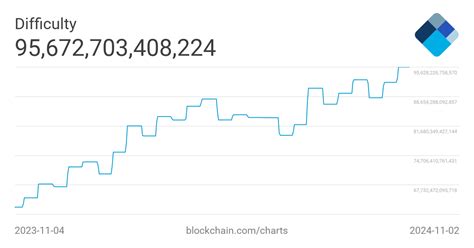Ethereum: Mining on the Testnet – Configuring Bitcoin-Qt
As a new user to the Ethereum testnet, you may be excited to start mining your Bitcoins. However, you may be wondering how to configure the “bitcoin-qt” client to direct your mined coins to the correct address.
In this article, we will walk you through how to set up bitcoin-qt on the testnet and configure a miner-friendly wallet address.
Prerequisites

Before we begin, make sure you have:
- The latest version of bitcoin-qt installed (./bitcoin-qt -v)
- A testnet wallet created and synced to your local computer
- A compatible mining pool (we’ll discuss this later)
Configure Bitcoin-Qt on the testnet
To configure bitcoin-qt for the testnet, you can use the following command:
./bitcoin-qt -testnet -gen
`
Replace “
Configuring a wallet address
By default, “bitcoin-qt” uses the “default” wallet directory to store generated coins. To change this behavior, you can use the “-w” option:
./bitcoin-qt -testnet -gen -w /path/to/wallet/directory
This will save the generated coins in a specified directory.
Configuring a miner-friendly wallet address
For miner-friendly wallets, it is important that the wallet address is private and secure. You can use the “private_key” option to specify the private key of the wallet:
./bitcoin-qt -testnet -gen -w /path/to/wallet/directory -p
Replace “
Tips and Notes
- When configuring bitcoin-qt, please note that the testnet uses a different network to receive mined coins (e.g. ‘localhost’ instead of ‘127.0.0.1’).
- If you are using a mining pool, make sure that the pool configuration is correct to avoid conflicts with other miners.
- Always use a secure and private wallet to store your testnet funds.
Troubleshooting
If you are having issues with no coins in your account or failed mining attempts, please make sure that:
- Your wallet is properly synced with the testnet.
- The bitcoin-qt client is running with enough memory and CPU resources.
- A miner-friendly wallet address is properly configured.
By following these steps and tips, you will be able to successfully set up bitcoin-qt for testnet mining and ensure the safety of your funds. Happy mining!

